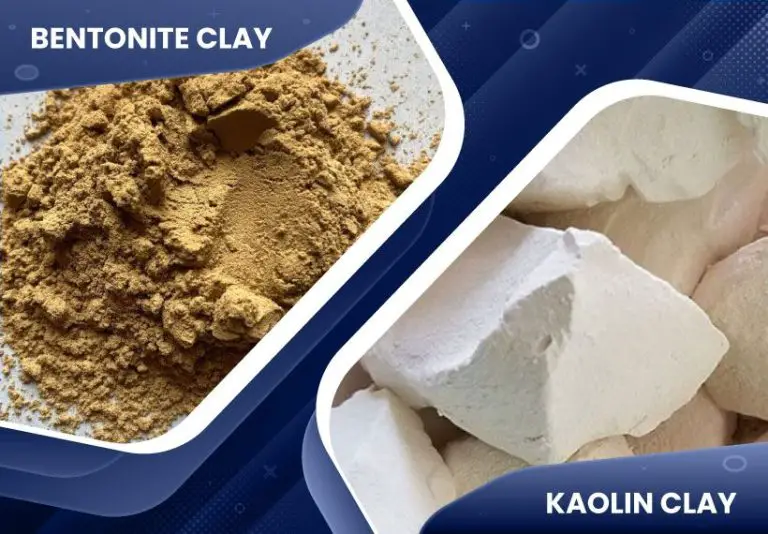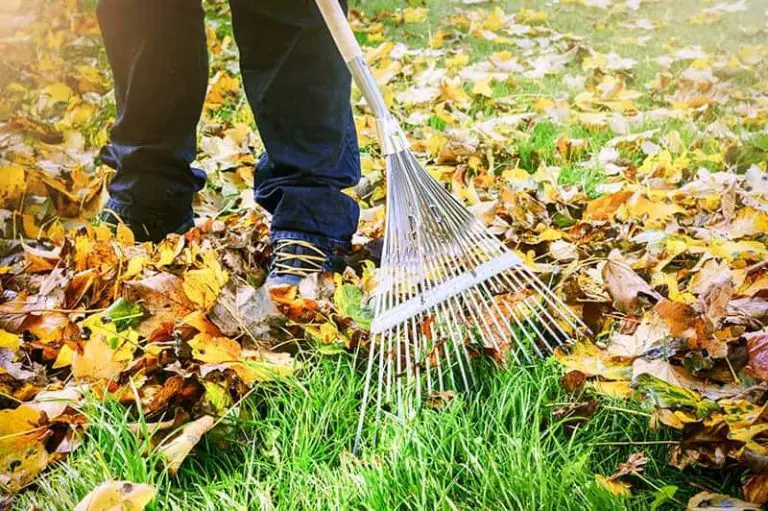What Can I Use In Place Of Clay?
Clay is an incredibly versatile art material used by both professionals and hobbyists for sculpting, pottery, and craft projects. The term “clay” refers to a naturally occurring material composed primarily of fine-grained minerals like silica and alumina. When mixed with water, clay becomes soft and malleable, making it easy to shape into anything you can imagine. Once clay artwork is fired in a kiln, it hardens permanently.
Modeling clay is a popular choice for sculpting figures, making decorative bowls and vases, creating pottery, and crafting ornaments or jewelry. While natural clays like terracotta must be purchased already prepared, many artists and crafters enjoy making their own “homemade” clay using simple recipes. Whether working with purchased clay or homemade dough, clay is beloved for its ability to allow users to sculpt and form the material easily without needing any special tools.
Reasons to Substitute Clay
There are several reasons why crafters, artists, and hobbyists may want or need to use a clay substitute instead of traditional clay:
Cost – Traditional clays like polymer clay and sculpting clay can be more expensive than homemade clay recipes and some store-bought substitutes. For those on a budget or looking to craft with kids, a cheaper clay alternative may be preferred.
Availability – Traditional clays may not always be readily available at local craft stores or in certain geographic regions. A clay substitute that utilizes common household ingredients may be easier to obtain.
Preferences – Some crafters may prefer working with clay substitutes over traditional clay based on the texture, finish, pliability, drying time or other characteristics. Kids especially may favor homemade play dough over true clay.
Allergies – People with sensitivities to clays or chemical ingredients may need to avoid traditional polymer and sculpting clays. Safer, more natural clay substitutes are better alternatives.
Flour and Salt Dough
Flour and salt dough is one of the easiest, most accessible clay substitutes. It only requires a few simple ingredients you likely already have in your kitchen – flour, salt, and water. Here’s a basic recipe to get you started:
Recipe:
2 cups flour
1 cup salt
1 cup water
Mix the flour and salt together in a large bowl. Slowly incorporate the water until it forms a doughy consistency that’s not too sticky. Knead for a few minutes until smooth. The dough keeps well in an airtight container or plastic bag when not in use.
Shaping:
Flour and salt dough is easy to shape by hand. It rolls and flattens well using a rolling pin. Cut shapes using cookie cutters or a knife. Attach pieces by wetting slightly with water before pressing together.
Drying:
Air dry flour and salt sculptures for 24-48 hours. Turn occasionally for even drying. Or bake at 200°F for 1-2 hours until hardened. Allow to cool fully before handling.
Pros:
– Very inexpensive ingredients
– Easy to make and shape
– Non-toxic
Cons:
– Dries very hard and fragile, prone to cracking
– Heavy when making large sculptures
– Paint doesn’t adhere well without sealing first
Paper Mache
Paper mache is one of the most popular clay substitutes. It’s easy to make with just a few household ingredients and very versatile for crafting all kinds of sculptures and shapes.
Recipe
The basic paper mache recipe calls for torn or shredded paper (newspaper, paper towels, or construction paper all work well), flour, and water. You’ll mix about 1 part flour and 1 part water to 2-3 parts shredded paper. The mixture should be thin enough to spread easily but thick enough to stick together when shaped.
Shaping
To shape paper mache, start by balloons, cardboard forms, wire frames, etc. Cover the form in alternating layers of paper mache strips and let dry completely between layers. Usually 2-3 layers is sufficient. Thicker layers will be stronger but take longer to dry. Smooth the final layer with a brush or your fingers before letting it dry completely. Once dry, you can paint it or leave the natural papery look.
Pros and Cons
Pros:
- Inexpensive and accessible materials
- Lightweight and easy to shape
- Fun for kids and beginners
- Versatile – can make almost any shape
Cons:
- Not as strong or durable as real clay
- Requires patience as layers must fully dry between applications
- Final product is not smooth like real clay unless sanded/smoothed
Model Magic and Clay
Model Magic, made by Crayola, is an easy and versatile modelling clay material that dries into a strong, lightweight solid. It’s great for both kids’ and adult crafts, working for sculpting and moulding. Model Magic sticks to itself without glue, stays soft as you’re working, and can be reused after it dries. Brands like Darice also make similar clay-like craft “doughs.”
Some key advantages of Model Magic over actual clays include:
- Model Magic doesn’t dry out when left uncovered, unlike polymer clays and air-dry clays.
- It remains pliable and can be reworked even after being shaped and dried.
- It’s extremely lightweight and less messy than pottery clay that needs firing.
- It’s non-toxic and safe for kids.
The disadvantages of Model Magic are:
- It’s more expensive than homemade clay or salt dough.
- The finished pieces are very lightweight and fragile compared to fired ceramics.
- The colors options are more limited than polymer clay.
- It can break down over time if not stored properly.
Overall, Model Magic is simple, convenient, and versatile. It’s a kid-friendly alternative to pottery clay for crafting lightweight sculptures, decorative objects, jewelry, ornaments, and more.
Play-Doh
Play-Doh is an iconic molding compound that has been a beloved childhood toy since the 1950s. Made from water, salt, flour, and other additives, Play-Doh is safe, non-toxic, and easy to use. Here’s an overview of using regular Play-Doh as an alternative to clay:
Pros:
- Fun, familiar material that’s easy to shape and sculpt
- Bright colors and smooth, doughy texture
- Won’t dry out as quickly as homemade doughs
- Manufactured for safety and non-toxic for kids
Cons:
- Not as strong or durable as real clay for structural projects
- Limited coloring options compared to clay
- Will eventually dry out and harden over time
- Not intended for baking/firing like real clay
With its bright colors and fun, moldable texture, Play-Doh offers a child-friendly substitute for clay projects. While not as versatile or durable as ceramic clay, Play-Doh allows kids to sculpt and shape creative designs with a classic, nostalgic material.
Crayola Model Magic
Crayola Model Magic is a popular brand of air dry clay made from a light and fluffy base that gets hard and durable once it dries. It’s designed for kids’ craft projects and is sold in a variety of colors.
Pros
- Extremely lightweight and easy for kids to shape and mold
- Bright, vibrant colors that can be mixed and blended
- Non-toxic and cleans up with soap and water
- Air dries naturally, no baking required
- Durable once dry and can be painted and decorated
Cons
- More expensive than homemade clay recipes
- Limited selection of colors compared to clay
- Not as strong and durable as real clay
- Can harden and crack if pieces are too thin
- Smooth texture, less moldable than clay
Air Dry Clay
Air dry clay is an easy substitute for pottery clay that can be found in most craft stores. It air dries naturally within 24-48 hours, without needing to be baked in a kiln. Air dry clay is available in both white and terracotta colors. It can be mixed together and painted just like real clay.
The main pros of air dry clay are that it’s inexpensive, readily available, and easy to work with. It air dries hard while still allowing time for sculpting. Air dry clay also doesn’t shrink or crack as it dries. Kids especially enjoy using it for crafts.
The main downsides are that air dry clay is messier than polymer clay, and pieces made from it are more fragile and breakable. The finished pieces are also porous, so any paint may soak in rather than remaining on the surface. Air dry clay is best for crafts that don’t need to be durable. Pieces made from it should be handled carefully.
Homemade Clay Recipes
One of the best clay substitutes is homemade clay. Homemade clay allows you to customize the ingredients to get the perfect consistency and texture for your projects. Here are some recipes to try:
2 Ingredient Clay
This simple recipe only requires 2 ingredients:
- 2 cups baking soda
- 1 cup corn starch
Mix the ingredients together in a bowl until a dough forms. Store in an airtight container. This clay doesn’t dry out, so you can reuse it. It has a smooth, doughy texture.
No Cook Clay
Make this no cook clay with pantry staples:
- 1 cup salt
- 2 cups flour
- 1 cup water
Stir the ingredients together until a dough forms. Knead for a few minutes until smooth. This clay will air dry and can be painted when dry.
Cooked Flour Clay
For a smoother homemade clay, cook the ingredients:
- 1 cup salt
- 1 cup water
- 2 cups flour
Mix salt with water and bring to a boil. Remove from heat and stir in flour until a dough forms. Knead briefly until smooth. Allow to cool before using. This clay air dries and hardens like ceramic.
Homemade clay is inexpensive, non-toxic, and customizable. The downside is that it may dry out quickly if not stored properly. Overall, homemade clay is a versatile and accessible clay substitute for art projects.
Choosing the Best Clay Substitute
When selecting a substitute for clay, there are several factors to consider:
Intended Use
Think about the clay project you want to create and how you intend to use it. For functional pieces like bowls, pots or sculpture, you’ll want a strong material that can hold its shape without crumbling or cracking when dried or fired. Paper mache and salt dough may be too delicate for functional ware. Model magic or air dry clay would be better choices.
Texture
The texture or consistency of the clay substitute should match the properties of real clay as closely as possible. Soft, malleable doughs like Play-Doh or homemade clay recipes mimic the texture of clay when wet. Smooth clays like Model Magic and air dry clay have a finished texture when dry similar to fired clay.
Workability
Consider how easy the material will be to shape and sculpt. Soft doughs are very workable for sculpting details. Stiffer doughs make better construction material that can support weight without deforming. Smooth clays hold finer details once shaped.
Durability
Pick a strong material if you want your finished piece to be functional or last a long time. Porous materials like paper mache are less durable. Polymer clays, Model Magic and air dry clay will be sturdier when dried.
Safety
Make sure to pick non-toxic, child-safe materials if children will be using it. Some clay substitutes also require baking or air drying, so they may not be suitable for very young kids.
Test out a few substitute materials to see which one best fits your project needs in terms of workability, texture, strength and safety. The right clay alternative depends on your specific project and creative vision.


